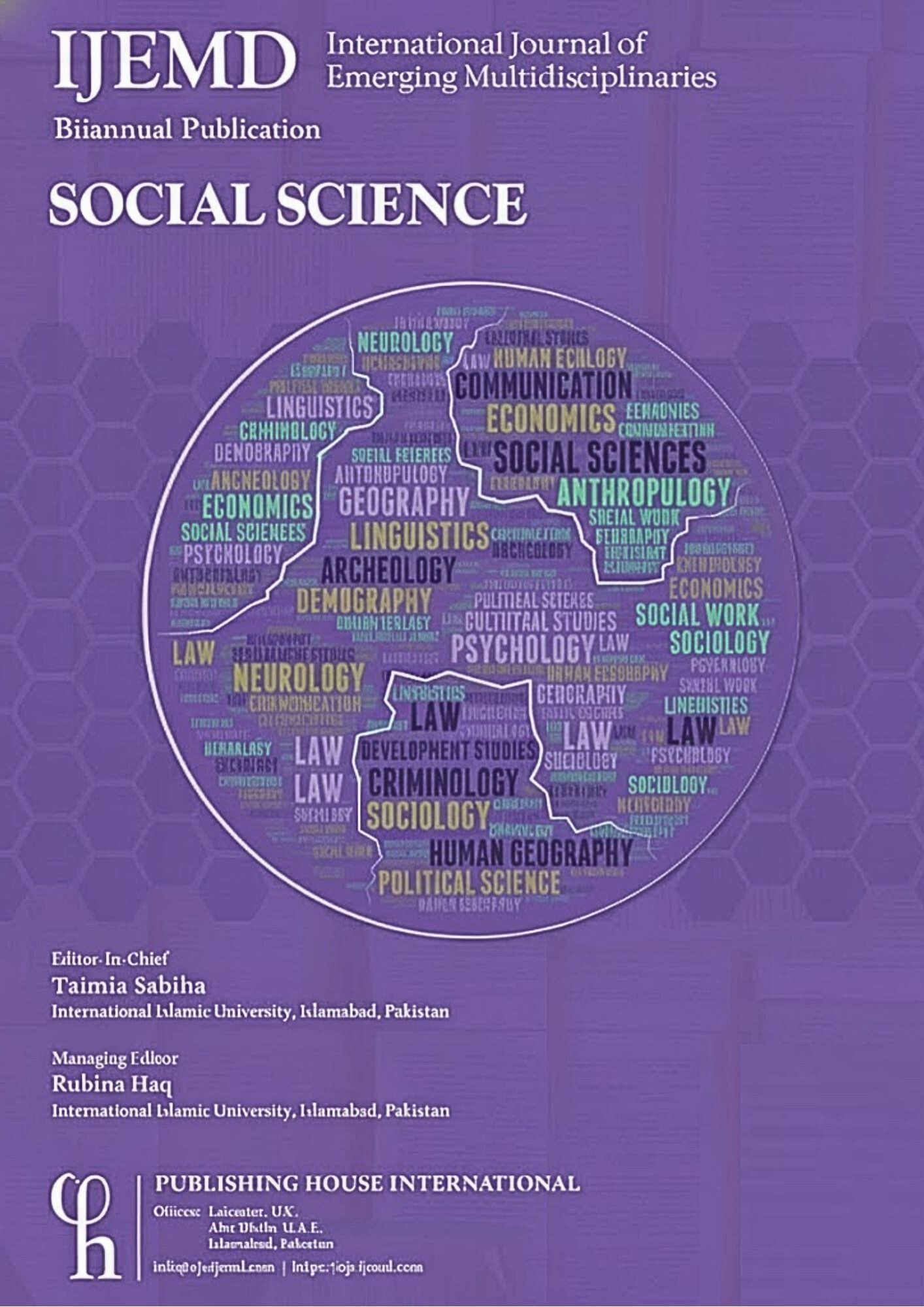Evaluation of Effects of Different Processing Methods on The Formation of Acrylamide in Potato Chips.
DOI:
https://doi.org/10.54938/ijemdss.2025.04.1.380Keywords:
Acrylamide, Potato chips, Frying, Palm oil, Vegetable oilAbstract
Acrylamide, a potential carcinogen, forms during high-temperature cooking processes such as frying, baking, and roasting, especially in starchy foods like potatoes. This study aims to evaluate the influence of different frying methods: palm oil, vegetable oil, and air frying on acrylamide formation in home-cooked potato chips. Freshly harvested potatoes were processed under varying conditions of temperature, time, and slice thickness to investigate acrylamide levels using Reverse-Phase High-Performance Liquid Chromatography (RP-HPLC) methods. Results showed significant variation in acrylamide content depending on the processing method. Palm oil frying produced acrylamide levels ranging from 405 to 534 µg/kg, with higher temperatures resulting in increased acrylamide formation. Vegetable oil frying yielded lower acrylamide levels (355–502 µg/kg), while air frying produced the highest levels (604–749 µg/kg). The study found that air frying significantly increased acrylamide content compared to conventional frying methods, likely due to the higher temperature and air-based heat transfer. The ANOVA results indicated that the processing parameters, particularly temperature, significantly influenced acrylamide formation, with R² values of 98.16%, 97.52%, and 99.23% for palm oil, vegetable oil, and air frying, respectively. This research contributes valuable insights into acrylamide mitigation strategies in potato chips production, with potential implications for improving food safety and quality.
Downloads
Downloads
Published
How to Cite
Issue
Section
License
Copyright (c) 2025 International Journal of Emerging Multidisciplinaries: Social Science

This work is licensed under a Creative Commons Attribution 4.0 International License.
Under the Creative Common Attribution (CC-BY 4.0) license, authors retain copyright and grant the journal right of first publication.









